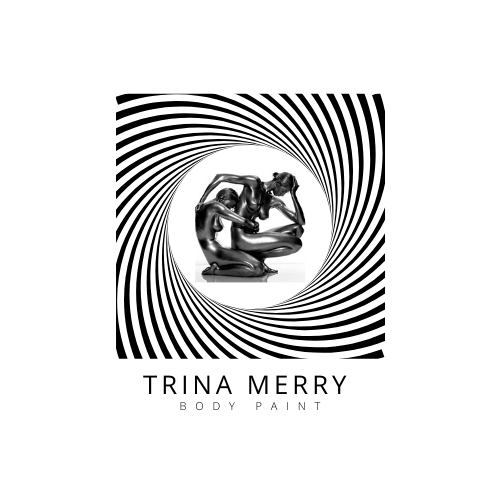Picasso is an 1881 Spain born legendary and influential artist. As the most talented 20th century painter, he left behind over 1800 paints some of which have distorted faces. While his mighty creations have left many wooed, the paintings with distorted faces are a mystery to many. So much has been speculated about the reasons behind Picasso’s distorted faced paintings. Though we really cannot tell his real motivation behind creating paintings with distorted faces, we will surely help you get an idea of his actual motivations.
Picasso wasn’t an average imaginative painter. He went far beyond the ordinary to create paints from multiple angles of approach and by use of different styles. One of the painting styles he loved and perfected so much was the Cubism. He loved Cubism as a painting style because he could easily pass his messages by creating portraits that could easily drive home the message in a unique way.
One popular portrait that mixed realism, talent, and cubism styling was the Guernica. He created this portrait in the days of the Spain Civil War. It’s one of the portraits that emphasized the use of distorted faces. His motivation for creating the portrait is linked to the bombing of a small Basque town. This portrait was a real win for him since it was commissioned by the Spanish Republic for pavilion at the Paris International Exposition in 1937.
In the painting, we can see a hyperactive fusion of a horse, bull and six humans housed in a long-ceiling. He never said anything about the six figures, but speculations have it that he was trying to explain the bombing situation.
Life Experiences
Most people consider life experiences one of the core drives behind Picasso’s distorted faces. Picasso as a painter claimed that his paintings were mostly motivated by his thinking rather than what he saw. It is rumored that the sufferers of the small Basque town bombing had shared their experiences with him and he created the Guernica portrait based on what he thought about their experiences during the bombing.
Personal Drive and Inspiration
Some people have also speculated that Picasso’s distorted faces in his paintings were inspired by his desire to educate his audience on his personal views about different people. Like in the case of the portrait called the Weeping Woman, many say that he was trying to depict his own view of what real unhappiness and pain appears like. He was trying to explain the thoughts, struggles, and emotions of the crying woman in a simple and single portrait.
Art is always open to interpretation from any angle and viewpoint. So, everyone could have their own reasons as to what really motivated Picasso to add distorted faces on his portraits. Even if he was asked, he less likely would have given an explicit answer. And so, we are left with no option than to conclude that chances are high Picasso’s distorted faces on his portraits was a personal style to reach out to his audience in a more explicit way concerning different life experiences and happenings.

